Application Notes
Articles
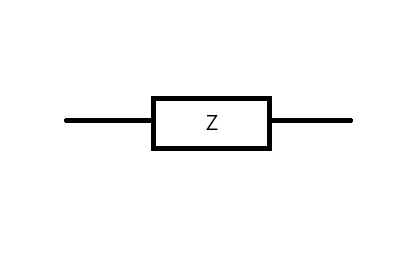
iR Compensation and Uncompensated Resistance
In this application note it is explained how to use the iR compensation module of the PalmSens4 and EmStat4X. We start by explaining the terminology and what issue is resolved by the iR compensation module. Then we show possibilities to determine the uncompensated resistance.
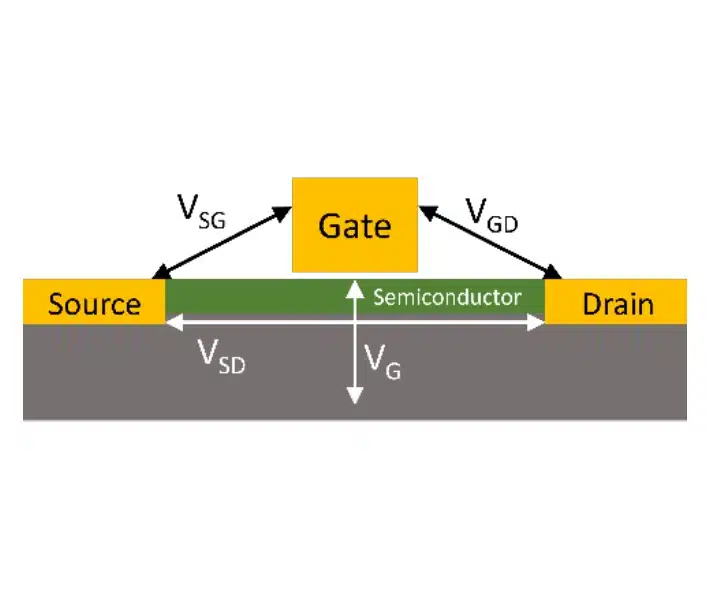
Characterization of Field Effect Transistors
Characterization of a Field-effect Transistor (FET) using an EmStat Pico potentiostat module.
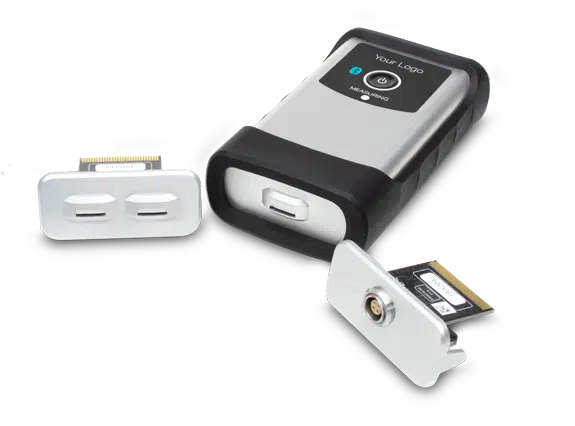
Possibilities and features of a customizable potentiostat: EmStat Go
The EmStat Go is a battery powered handheld potentiostat with the logo of your company. It can be fully customized to enable many electrochemistry applications. Read more drop det...
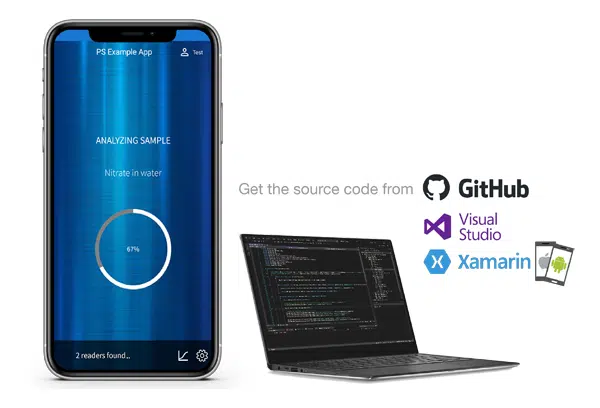
PSExampleApp: Configurable and Open-Source App for Sensor Applications
The PSExampleApp is a simple open-source application that guides a user to do a measurement with a PalmSens device to measure concentrations in a liquid sample. The app can be re-configured without code for use with (bio)sensors measuring a specific analyte using a linear calibration curve.. This file contains the example configuration files to customize the app and links to both the Android and iOS version of the app.
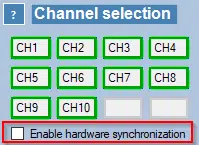
Multi-Channel: Multiple Working Electrodes in the Same Cell
Learn how to use a multi-channel potentiostat as a polypotentiostat, so you can use multiple working electrodes in the same cell sharing one reference and counter electrode.
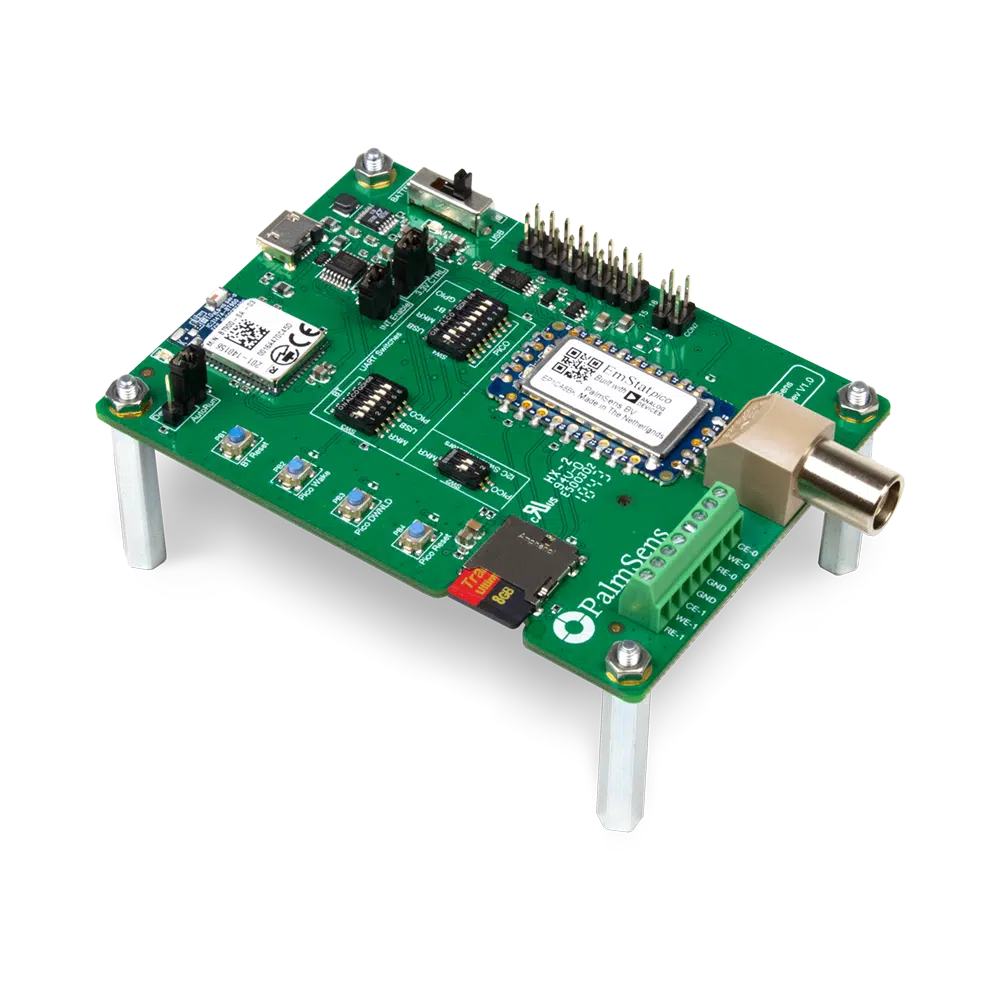
Update the Firmware on the EmStat Pico Development Boards
This article will explain how to update the software of your EmStat Pico Development Board, Sensit BT or Sensit Smart using PSTrace. ...
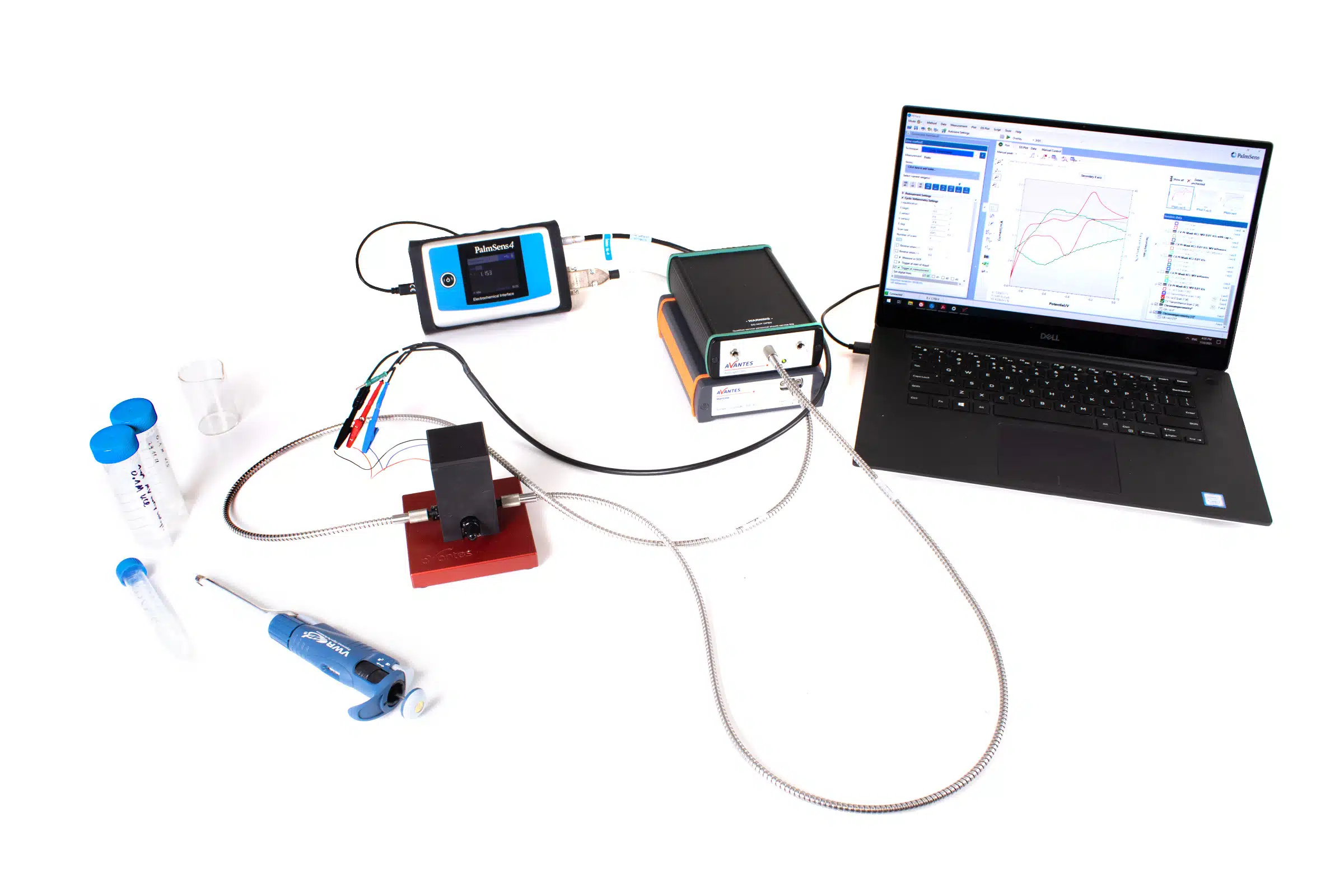
Spectroelectrochemistry
Get more insight into electrochemistry by adding a spectrometer to your potentiostat. This application note describes how to perform spectroelectrochemistry with a PalmSens4 and an Avantes potentiostat.
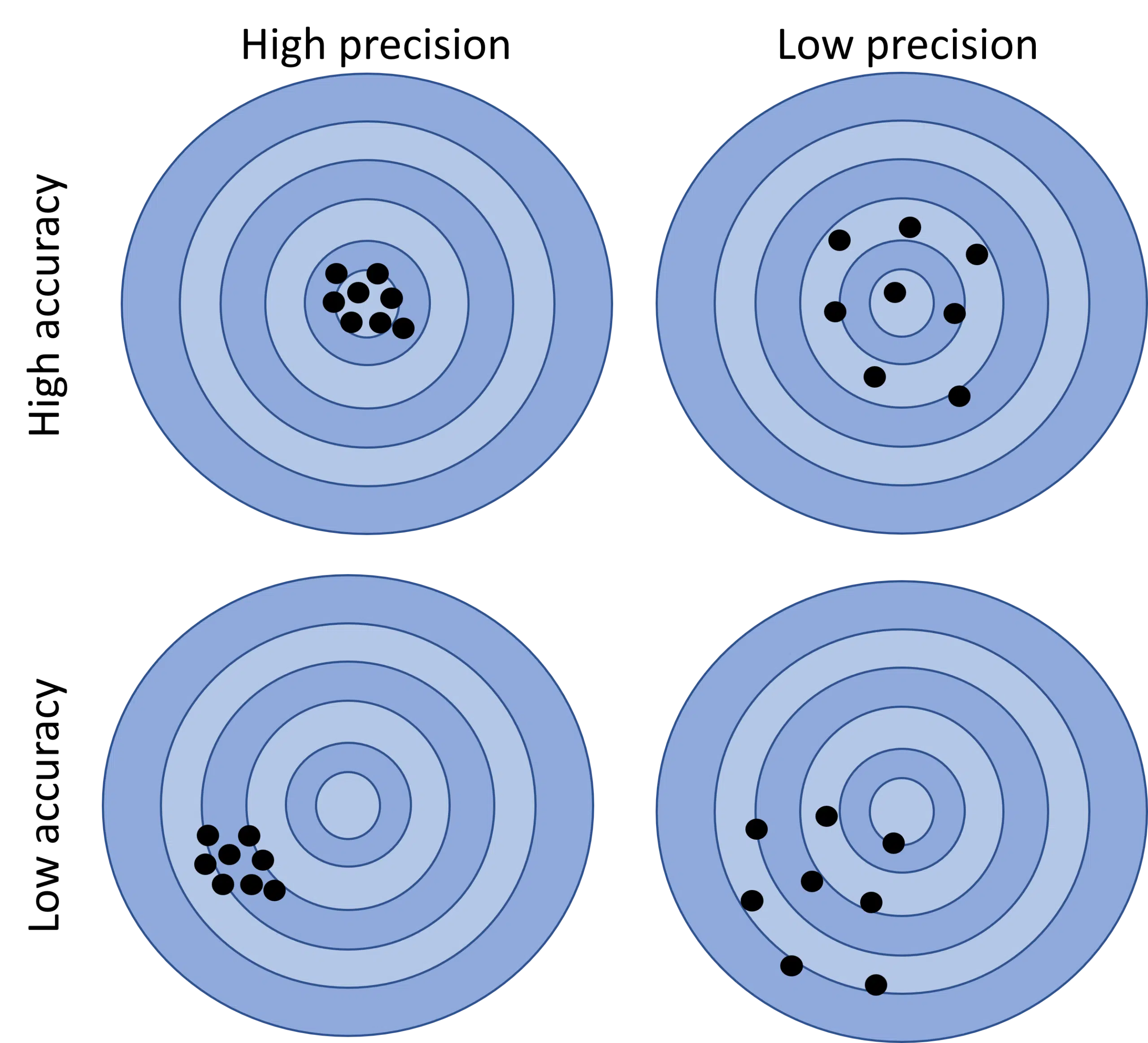
Potentiostat parameters and specifications explained
The specifications of potentiostats contain many parameters. If you are in doubt about the meaning of a certain parameter, worry no more. Below you will find an explanation for the...

Changing Wireless Communication Settings for OEM
This tutorial describes how to change the settings of the LAIRD BT900 Wireless communication module on PalmSens devices for OEM.
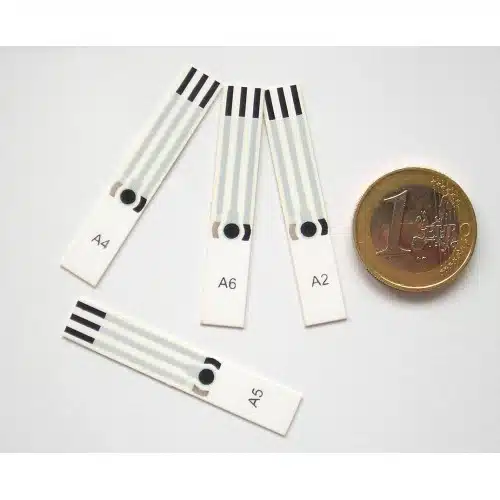
Heavy metal analysis of river water using the IS-HM sensor
This application note provides a comprehensive set of instructions for use of the screen-printed electrode (SPE) IS-HM in analyzing Pb, Cd, and Cu concentrations of a polluted river water sample.
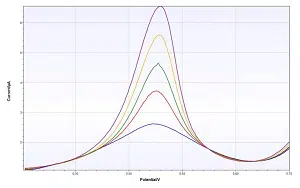
Mercury analysis using the ItalSens-Au sensor
A comprehensive set of instructions for use of the screen-printed electrode (SPE) IS-Au for determining the Hg concentrations of aqueous solutions.

Test Procedure for ItalSens IS-C Graphite Sensors
This application note is used to verify the IS-C (graphite) sensors and their electrochemical stability.
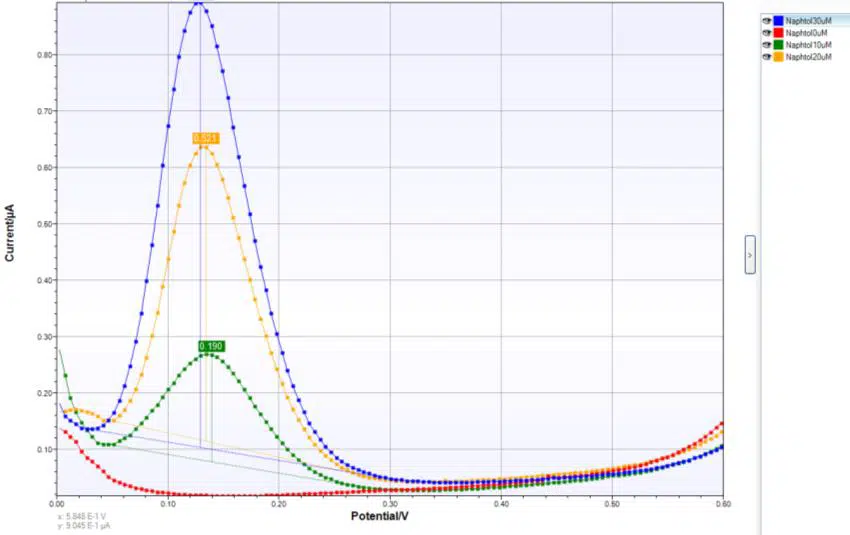
Measuring Naphthol with carbon electrodes (IS-C)
The screen-printed carbon electrodes by ItalSens IS-C have been characterized by measuring naphthol, and can also be used for quantification of naphthol.
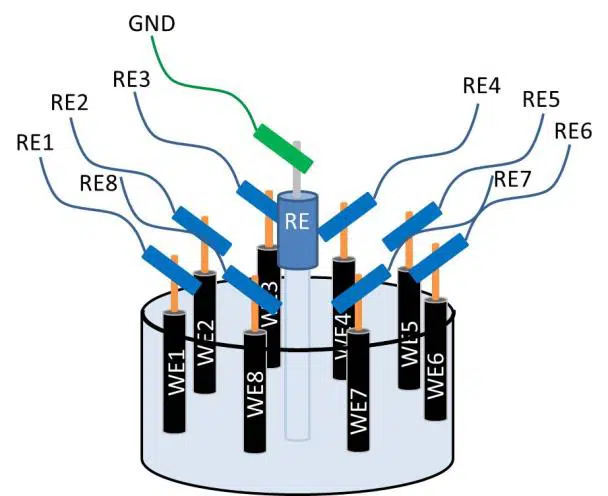
OCP with MUX8-R2
The multiplexer MUX8-R2 offers the possibility to record reliable Open Circuit Potential (OCP) measurements in the Alternating mode, which allows to monitor the OCP of multiple samples / working electrodes over time with a single potentiostat. This is a significant improvement compared to its predecessors MUX8 and MUX16. In this application note it is demonstrated how to setup and perform an OCP measurement with the MUX8-R2 in the Alternating mode.
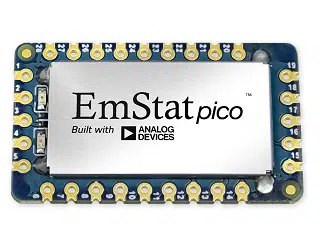
Potentiostat System on Module
This is an article published by Analog Devices on their website about the EmStat Pico its advantages and application examples.
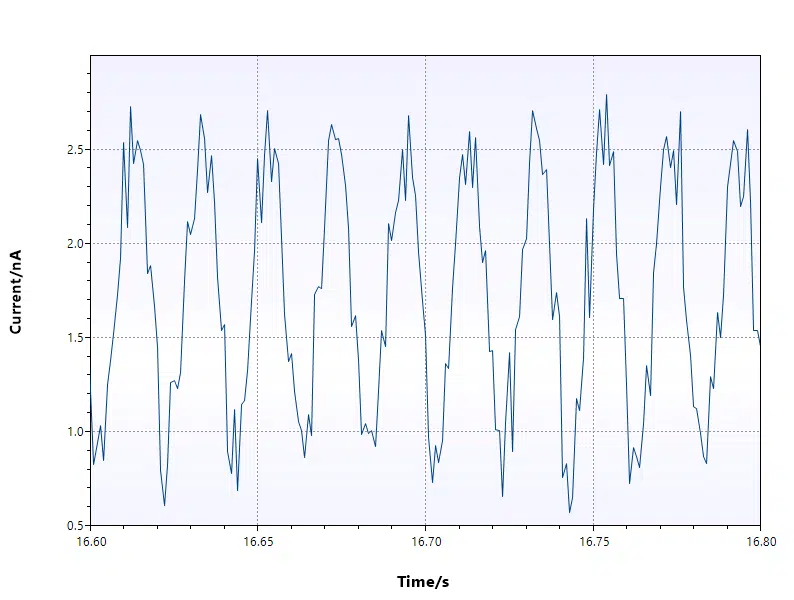
Impact of Noise on DPV and SWV
In this application note, the influence of noise on a measurement using a differential pulse technique is demonstrated.
Vitamin C Detection with ItalSens IS-C
This application note describes how to create a calibration for quantitative measurements of vitamin C. Due to the detailed description and harmless solutions this an excellent electrochemical experiment with liquids for beginners in the field of electrochemistry.

